Do you love kayaking and now are trying to figure out how to get better at kayaking? There are options. One of the best ways to learn the correct strokes whether you want to go white water kayaking or sea kayaking is to take a course. Practice your endurance by going further distances and more frequently to build up stamina. Doing an overnight trip, even if it’s a small distance will allow two days in a row of practicing your skills while experiencing packing a tent, food and all your belongings. One multi-night trip can present multiple-day opportunities to see a broader range of landscapes and experiences allowing you to be outdoors for longer than two days and ultimately get better at kayaking.
Kayaking with experienced family members or friends can help to encourage the kayaker, and provide tips on how to improve your strokes. Don’t forget to try kayaking in different environments. A lake, a river, and an ocean are very different and provide diverse opportunities to try various skills.
Table of Contents
Take a Course

I took a kayaking course while attending Laurentian University. The focus of the course was to learn how to roll our kayaks and get assistance to roll back over if we needed help and didn’t succeed on our own. The beauty of practicing in a pool is that there are no waves so it’s easier to succeed. Contrast this with practicing on a river, where you might have some difficulty flipping your kayak upright again which could be scary.
There are different courses available depending if you’re looking to practice river kayaking or sea kayaking. Paddle Canada offers both types of courses. You might practice on a lake if you aren’t close to an ocean for level 1 and then move to the ocean for levels two and three. Check out the site for more information.
Tip #1: If you take an introductory course, you’ll find yourself with other beginners. You will have people to chat with about your difficulties and help each other figure it out, with your instructor guiding you to manoeuvre the kayak correctly. It would feel less intimidating than joining a group of skilled kayakers.
Tip #2: Your top priority should be to stay safe at all times.
Go More Frequently
I like to practice kayaking at Lake Isle Kayaking Adventures: Four Directions to Consider when Kayaking. There are many circuits you can take indicated by the maps above.
Tip: Choose to go in various directions on a lake where you like to spend time.
Different Directions
Kayaking in various directions on subsequent outings will allow you to see different landscapes and animals but also force you to think of which direction you want to take and problem-solve your way to your next destination. You might need to decide which direction to go around an island or figure out how to manoeuvre around boats, especially if the body of water is busy on a weekend. If you choose to have a snack on the shore, it can be good practice to get in and out of the kayak without tipping over. Every time you try a new direction, there will be new encounters that will make you think about different paddle strokes and endurance to get there. Another consideration should be the wind direction and effect.
Choices
If there’s an island to the left up ahead from where you’re kayaking, you might have the option to continue straight and cut across a smaller channel at a later point as opposed to cutting across the lake from your initial starting point. It could be faster to head directly to your destination but you’ll need to consider how much boat traffic you’ll come across. If you’re by yourself, it can be harder for boats to see you unless you’re constantly paddling. Do you have the stamina to cross without stopping? These are all questions to think about when heading out kayaking.
Tip: The more often you go, the more comfortable you’ll be with the strokes and problem-solving skills. You should feel more at ease figuring out which direction to take as you gain more experience.
Practice Correct Technique
It’s important to use the correct strokes. One should kayak using correct strokes to move efficiently, effectively and to preserve energy. To move forward, use the forward stroke and maintain a rectangle between your body, the paddle and your arms as you rotate your torso. Use the reverse stroke if you need to slow down or back up. When turning, use the sweep stroke. If you need to move sideways, learn the draw stroke. These will help you to travel effectively in changing conditions.
Go Further Distances

By going further distances on a lake or sea kayak, you get to practice your endurance on different bodies of water. You’ll see how far you can go before you get tired. Don’t worry each time you go out, you’ll get stronger and have more stamina for kayaking longer distances.
Participating kayaking under different weather systems will prepare you mentally and physically to adjust your strokes as the waves get bigger and you work on preventing from tipping over.
Tip #1: If you are not wearing a kayaking spray skirt, ensure that you face high waves at 90 degrees to prevent the water from crashing against your kayak. Otherwise, there’s a good chance that waves and/or wind push the kayak to potentially roll sideways, or water might start accumulating in your kayak.
Tip #2: Remember that you can always take breaks in your kayak if you’re along the shore away from waves. Ensure that you don’t take breaks in the middle of a lake or in open ocean water away from the shore. Boaters could have a hard time seeing you when you are stopped and if the wind picks up, you could end up in a risky situation. Remember that the reflection of the moving paddle on the water is the best way for others to see you. It’s also important to replenish your body during breaks so that you don’t lose all your energy. Drink plenty of water and look at 6 Easy Snack Ideas for Kayaking Trips.
Make sure you have sunscreen and a hat on sunny days as the sun rays bounce off the water and you’re more likely to get dehydrated and sunburnt. Here are 10 Tips to Avoid Sunburn.
Go With Experienced Family Members

Going on a multi-day kayaking trip with family members can make you feel more at ease if you’re just starting out. Kris didn’t feel comfortable going very far on his own when he first started kayaking. My family encouraged him and he was able to successfully make it to the campsite. Having people provide tips on how to pack, what equipment is needed, knowing the trip plan and offering encouragement can go a long way.
Tips provided regarding which type of kayak to rent:
- Two reasons for us to use a double kayak:
- To provide Kris with support when crossing big channels; he could take a break while I paddled.
- I needed support from another person to help me travel forward as I didn’t have the upper body strength to kayak by myself to the destination.
Tips provided on the water:
- Keep moving and don’t stop while in an open channel – ship or boat captains might have a hard time seeing you if you stop.
- Stay together as a group, our four kayaks moved together in the channel to appear as a larger unit.
- Paddles continuously moving in the water can help reflect the sun and indicate to boat drivers to watch out for something up ahead.
Check out a detailed list of things you might want to consider bringing on your next overnight trip in my 15 Awesome Kayaking Gifts for Moms post.
Overnight Trip
An overnight trip with your family will provide an experience of camping in the middle of nowhere. If you’re on the ocean, you’ll get to see low and high tides and the changes along the ocean coastline. The overnight trip will help you gain experience to proceed on an excellent multiple-day trip such as Kayaking Desolation Sound: 11 Tips for the Best Trip Ever. The conditions change day by day. When going out one day and back the next, it forces you to adapt to the conditions and make it home regardless of the weather and possibly wavy water conditions. Sometimes, the best way to adapt and gain more confidence is to practice those skills you’ve been working hard to learn and not be afraid to apply them. If the weather is seriously hazardous, you might have to consider spending an extra day to stay safe.
My family members provided tips on what to pack, including:
- dry bags
- food and water
- sandals
- wetsuit
- neoprene booties
- neoprene gloves
An overnight trip with the family creates a wonderful bonding experience and people you can rely on if you so happen to need help throughout your journey.
Try Different Conditions
Try different conditions including kayaking on a lake versus on the ocean. Sporty Majestic Resort Kayaking had us trying to manoeuvre a big open-seated kayak on the ocean in Punta Cana. It was difficult since the waves continuously turned us into circles and waves kept crashing into the kayak. It also made us nauseous going in circles. Having strong sun rays on us the entire time without cloud cover.
Tip #1: Make sure to wear a hat and apply lots of sunscreen before attempting this type of excursion. Note that you could get a sunburn even under a cloudy sky, especially if the wind is howling. You might want to consider kayaking early in the morning or later in the evening when it might not be as hot.
Tip #2: Take some anti-nauseous medication before you go kayaking to avoid getting sick, if you are prone to sea sickness. It’s a lot of work to move a big kayak through large waves. Thirty minutes was enough for us for our rough kayaking experience in Punta Cana.
Even though it was challenging that day, we did work hard on all our strokes. We front and back paddled and tried to pry sideways to avoid going in circles. We were not entirely successful, but we did get to practice our strokes under challenging conditions which will come in handy at a later date.
Final Thoughts
What will you decide to improve while kayaking? Will you spend quality time with your family going kayaking more frequently and doing longer distances? Maybe even attempt an overnight trip? Or do you want to learn specific skills while taking a course? Try different locations to see if you prefer to kayak on a lake, the ocean or along a river. Be open to ways you can learn to improve your skills. Your family might be able to provide feedback. It never hurts to ask those who are knowledgeable around you. What skill do you want to learn next? Go out there, have fun and stay safe!
This post may contain affiliate links. If you purchase through my links, I might receive a small commission, at no additional cost to you. I only recommend companies and products that I’ve used and tested myself. If you’d like to support me, I’d greatly appreciate it! It will help pay for the costs to run my website.

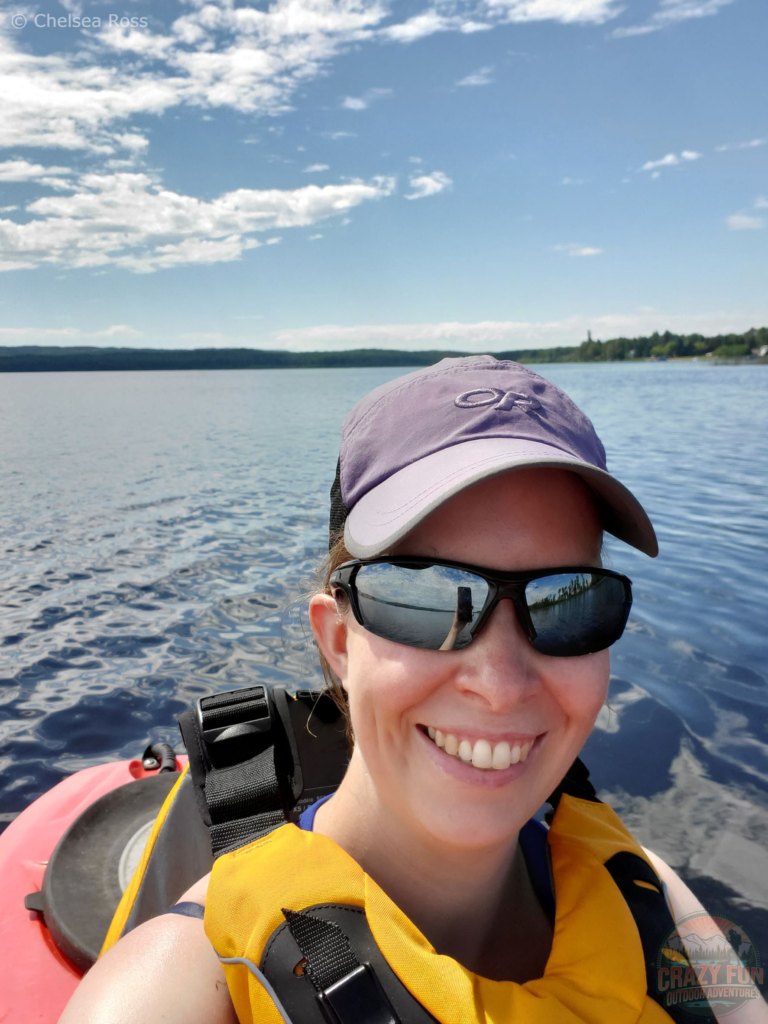
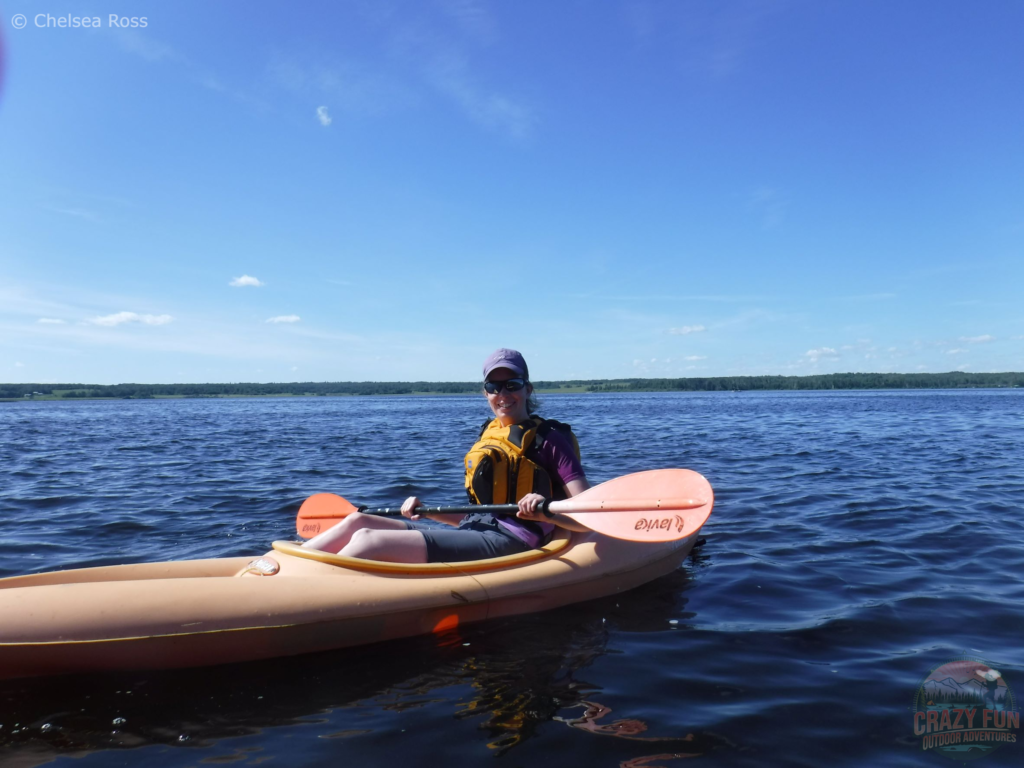


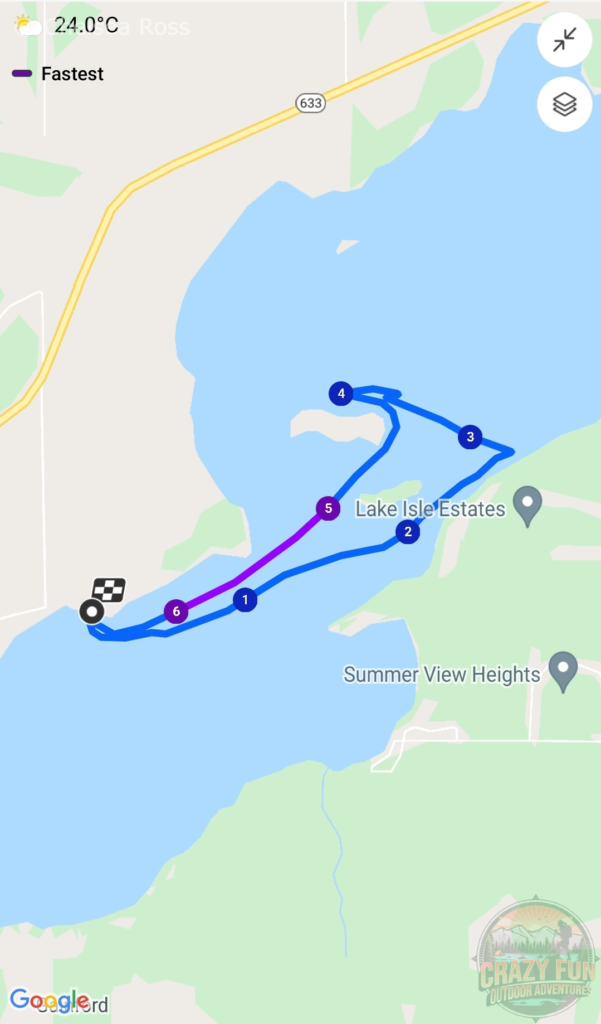
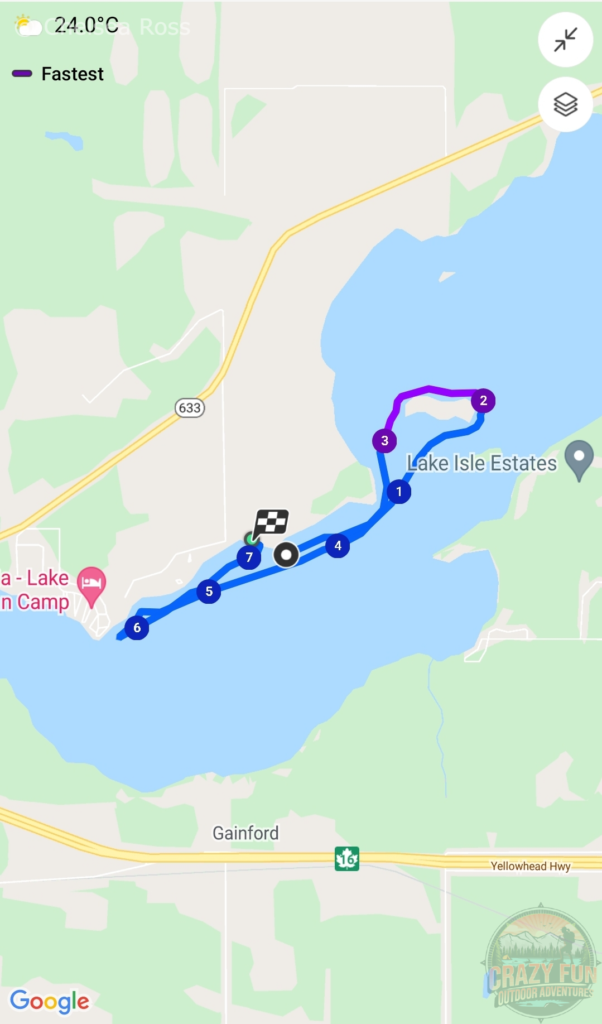
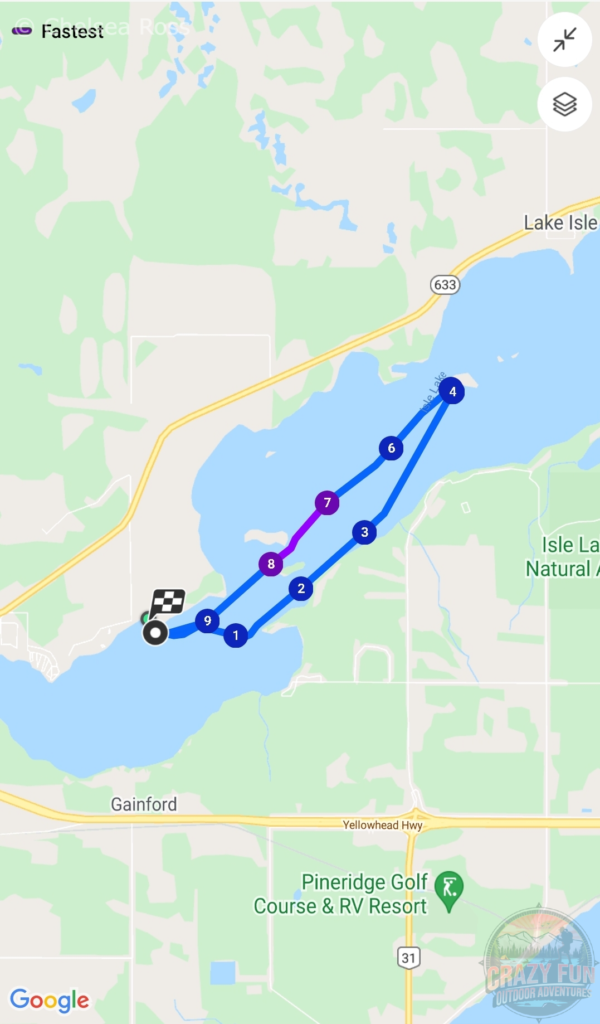
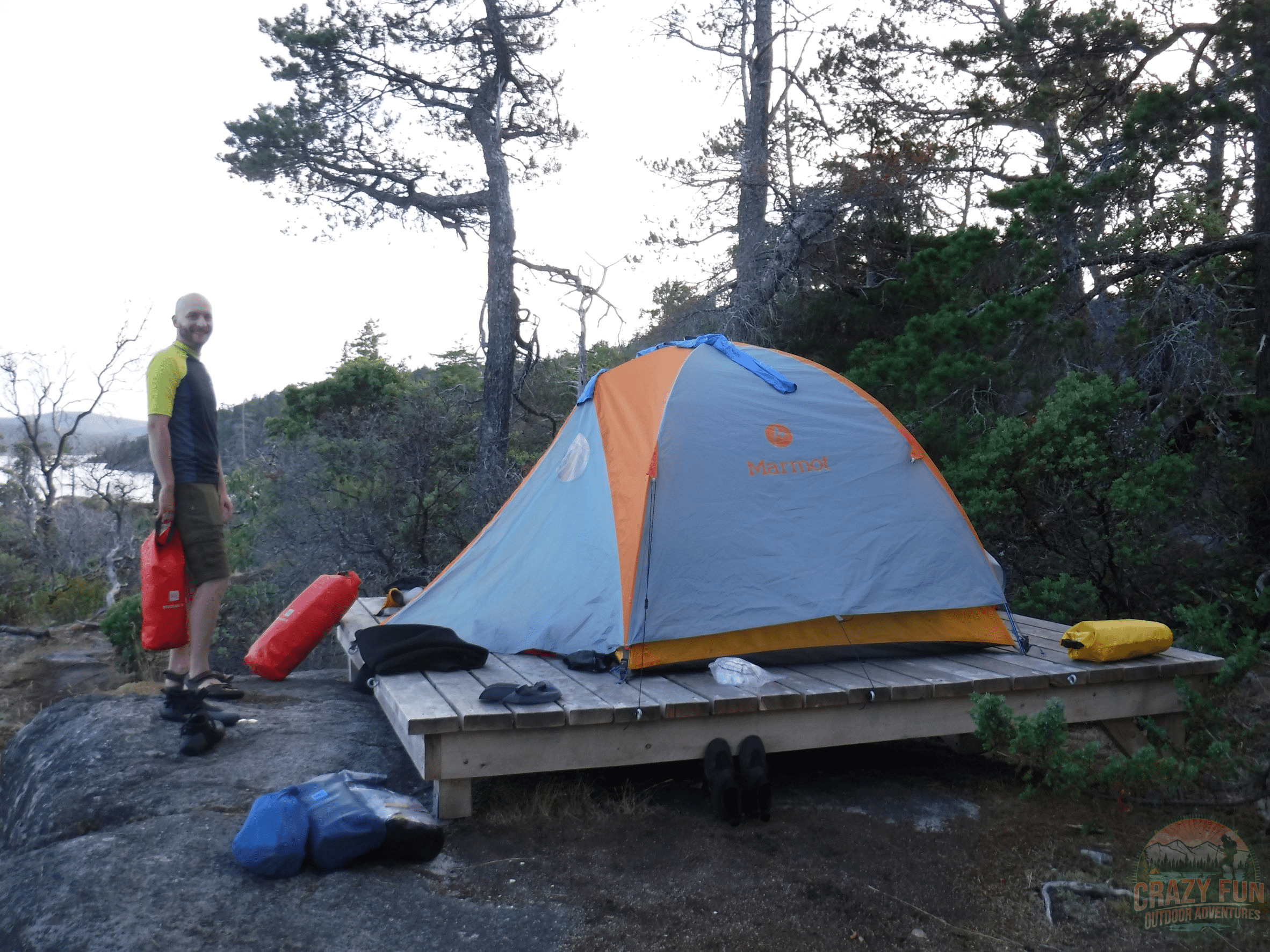
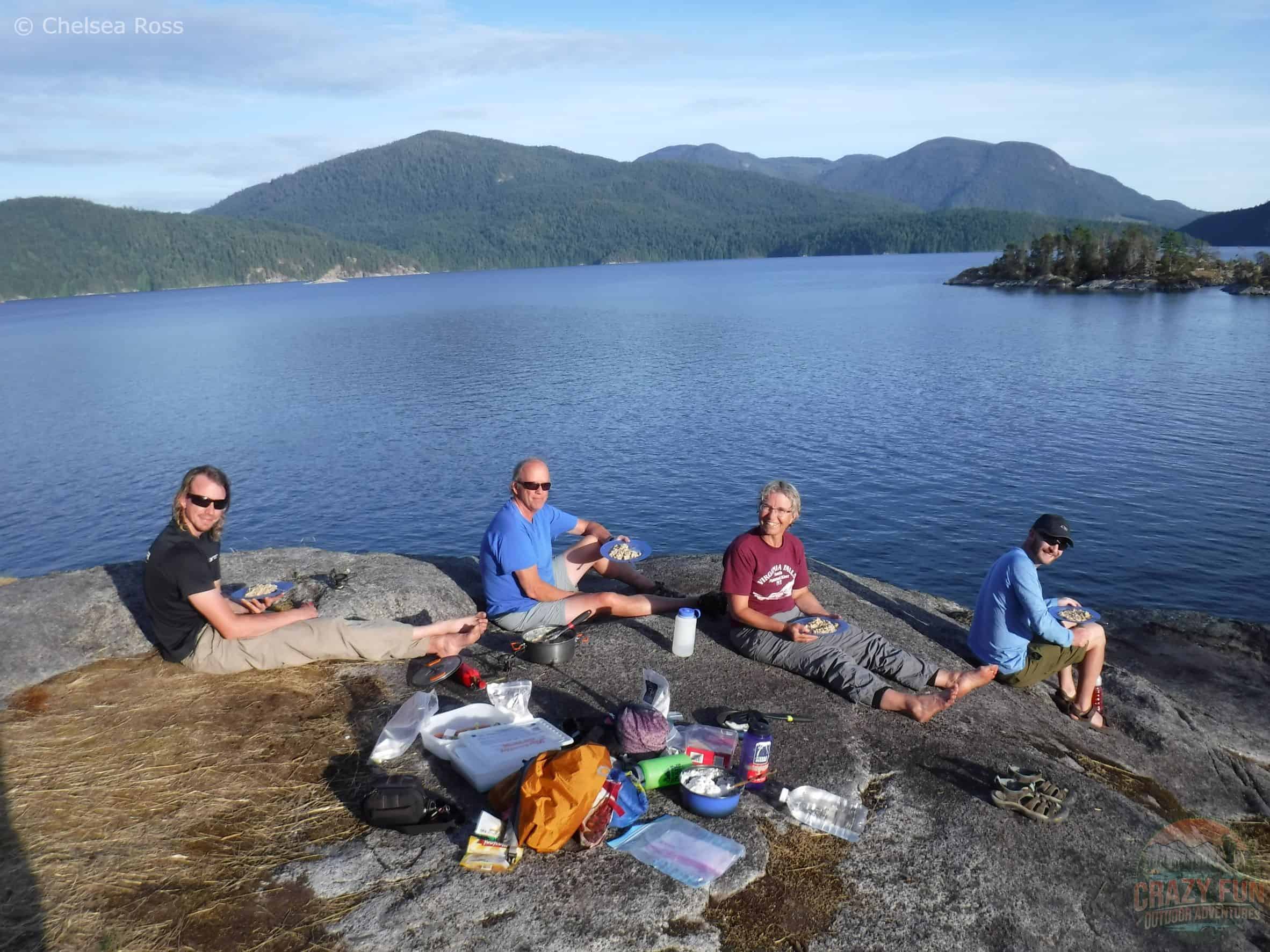
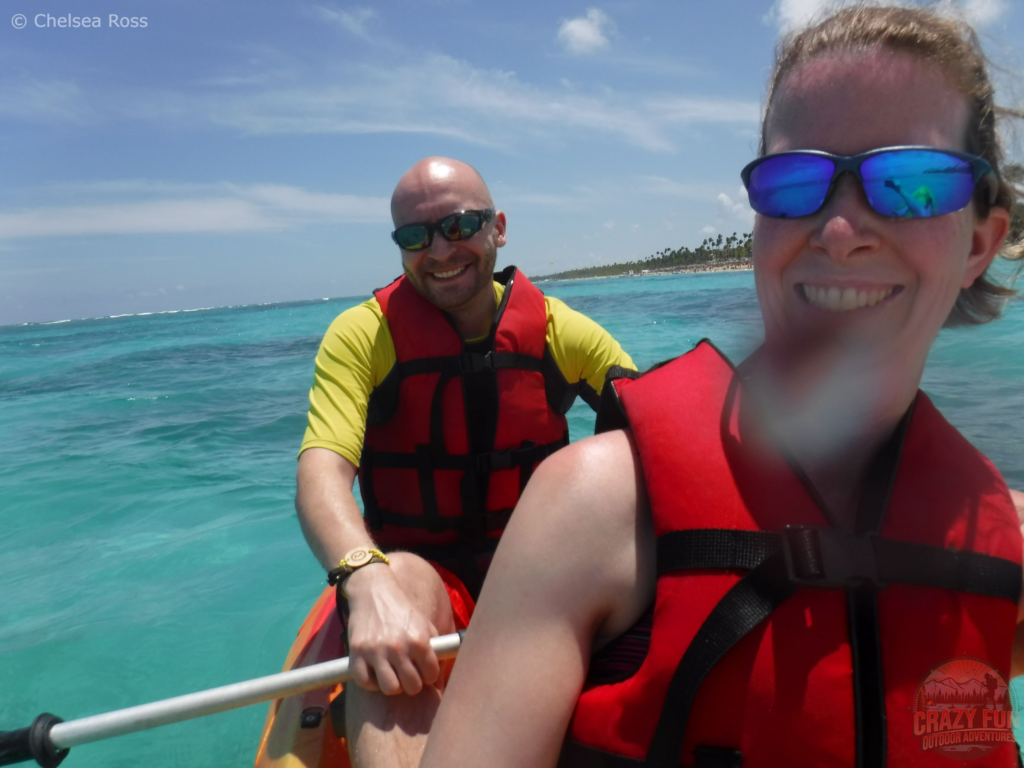

Leave a Reply